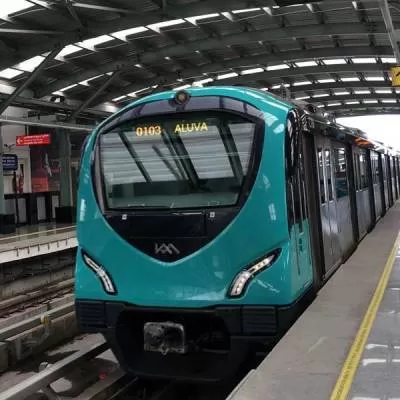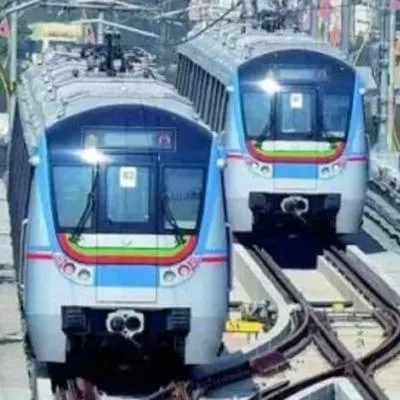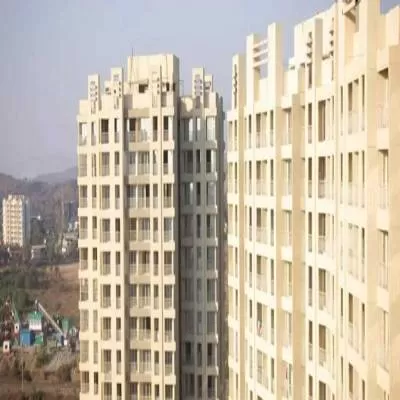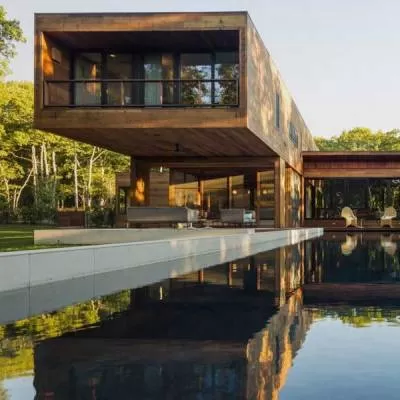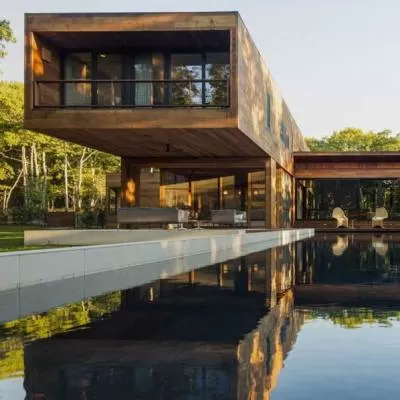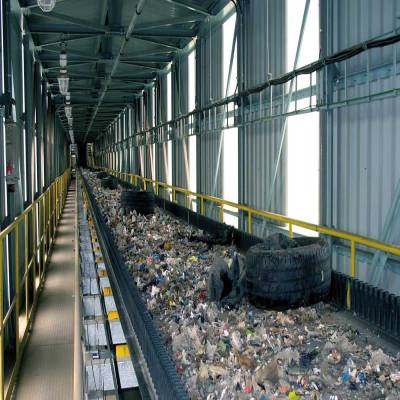- Home
- Real Estate
- Average residential sales dropped 40 per cent from 2013-2014 to 2017
Average residential sales dropped 40 per cent from 2013-2014 to 2017
- Declining Housing Sales – The Devil in the Data
- Speculator-driven NCR and MMR saw sales drop by 68 per cent and 27 per cent since 2013-14.
From observing residential market trends over the past five years, it clearly emerges that 2013-14 was the last year where things still looked vibrant for the sector. Housing sales began plummeting after that, and there is no clear revival in sight as yet. A quick trends assessment for the past five years reveals that during 2013-2014, an average of 3.3 lakh units were sold annually. Thereafter, with too many project launches facing off with decreasing demand, unsold inventory began piling up across the top 7 cities of India.
Housing sales dropped significantly in the 2015-2016 period. On an average, only 2.7 lakh units were sold across top seven cities of India during 2015-16, recording a significant drop of 17 per cent from the average sales of 2013-14.
When demonetisation hit the nation during the 4th quarter of 2016, the situation turned from grave to savage. Immediately after the demonetization impact, the real estate sector was battered with RERA and GST which severely shook up the sector. In 2017 only around 2 lakh units were sold across the top seven cities of India.
Fateful findings
- Residential unit sales have dropped by around 40 per cent from the average of 2013-2014 to 2017.
- During the same period, larger cities such as NCR and MMR, which were heavily driven by investor activity, recorded a massive drop of 68 per cent and 27 per cent respectively in average sales.
- Bangalore and Chennai, also on investors’ radar, saw average sales decline by 17 per cent and 45 per cent, respectively.
- Pune, which has also witnessed exponential growth due to significant interest from investors and NRIs who purchase houses only for financial gains, also witnessed a decline of 29 per cent in average sales of 2013-14 over 2017.
- In Kolkata, sales in 2017 saw the smallest decline of 12 per cent as compared to average sales of 2013-14 (primarily end-user driven cities were not impacted significantly during the period under consideration).
- Hyderabad was the only city which saw any kind of growth – sales grew by 32 per cent from the average of 2013-2014 to 2017.
Takeaways
A recurring element in the above findings is investor activity – or, to call a spade a spade, speculator activity. While both investors and speculators buy property for profit – as opposed to end-users, who buy homes to live in – the two terms are not interchangeable. Speculators primarily target short-term profits, and usually lack any real knowledge about real estate as an asset class and the performance of different markets. Their interests are spread over a wide swath of investment platforms, including the stock market, bullion and now even crypto-currencies. They have an unfortunate predilection for applying the same philosophy to all investment asset classes – namely, to buy low and sell high with very short investment horizons.
On the other hand, real estate investor tend to have a much better understanding of the property market and put in the right amount of analysis of different markets and the trends that drive them. They understand how real estate works, make long-term investment decisions and are not focused on short-term profits (which has in any case become an unrealistic view to have of real estate in India) but on steady, sustainable returns. They may also be invested in other asset classes, but they ensure that they understand each asset class before plunging in.
Speculation has played havoc with the Indian real estate market, and the fallout of speculative activity in previous years is still being felt today. The new market dynamics and strengthened regulatory environment have now more or less eliminated this unwholesome dynamic from Indian real estate. Reduced buyer confidence due to irrational project delays and diversion of capital also contributed significantly to the decline in housing sales in some parts of the country. RERA is now gradually reversing this unwholesome aspect; however, our cities’ real estate markets will continue to pay the price of speculative activity for some more time to come.
About the Author:
Anuj Puri is Chairman at ANAROCK Property Consultants.
Declining Housing Sales – The Devil in the Data Speculator-driven NCR and MMR saw sales drop by 68 per cent and 27 per cent since 2013-14. From observing residential market trends over the past five years, it clearly emerges that 2013-14 was the last year where things still looked vibrant for the sector. Housing sales began plummeting after that, and there is no clear revival in sight as yet. A quick trends assessment for the past five years reveals that during 2013-2014, an average of 3.3 lakh units were sold annually. Thereafter, with too many project launches facing off with decreasing demand, unsold inventory began piling up across the top 7 cities of India. Housing sales dropped significantly in the 2015-2016 period. On an average, only 2.7 lakh units were sold across top seven cities of India during 2015-16, recording a significant drop of 17 per cent from the average sales of 2013-14. When demonetisation hit the nation during the 4th quarter of 2016, the situation turned from grave to savage. Immediately after the demonetization impact, the real estate sector was battered with RERA and GST which severely shook up the sector. In 2017 only around 2 lakh units were sold across the top seven cities of India. Fateful findings Residential unit sales have dropped by around 40 per cent from the average of 2013-2014 to 2017. During the same period, larger cities such as NCR and MMR, which were heavily driven by investor activity, recorded a massive drop of 68 per cent and 27 per cent respectively in average sales. Bangalore and Chennai, also on investors’ radar, saw average sales decline by 17 per cent and 45 per cent, respectively. Pune, which has also witnessed exponential growth due to significant interest from investors and NRIs who purchase houses only for financial gains, also witnessed a decline of 29 per cent in average sales of 2013-14 over 2017. In Kolkata, sales in 2017 saw the smallest decline of 12 per cent as compared to average sales of 2013-14 (primarily end-user driven cities were not impacted significantly during the period under consideration). Hyderabad was the only city which saw any kind of growth – sales grew by 32 per cent from the average of 2013-2014 to 2017. Takeaways A recurring element in the above findings is investor activity – or, to call a spade a spade, speculator activity. While both investors and speculators buy property for profit – as opposed to end-users, who buy homes to live in – the two terms are not interchangeable. Speculators primarily target short-term profits, and usually lack any real knowledge about real estate as an asset class and the performance of different markets. Their interests are spread over a wide swath of investment platforms, including the stock market, bullion and now even crypto-currencies. They have an unfortunate predilection for applying the same philosophy to all investment asset classes – namely, to buy low and sell high with very short investment horizons. On the other hand, real estate investor tend to have a much better understanding of the property market and put in the right amount of analysis of different markets and the trends that drive them. They understand how real estate works, make long-term investment decisions and are not focused on short-term profits (which has in any case become an unrealistic view to have of real estate in India) but on steady, sustainable returns. They may also be invested in other asset classes, but they ensure that they understand each asset class before plunging in. Speculation has played havoc with the Indian real estate market, and the fallout of speculative activity in previous years is still being felt today. The new market dynamics and strengthened regulatory environment have now more or less eliminated this unwholesome dynamic from Indian real estate. Reduced buyer confidence due to irrational project delays and diversion of capital also contributed significantly to the decline in housing sales in some parts of the country. RERA is now gradually reversing this unwholesome aspect; however, our cities’ real estate markets will continue to pay the price of speculative activity for some more time to come. About the Author: Anuj Puri is Chairman at ANAROCK Property Consultants.


